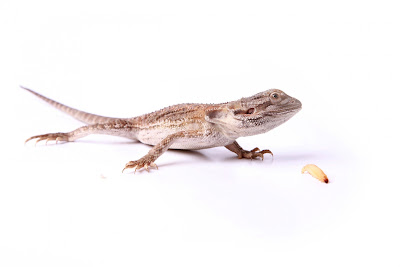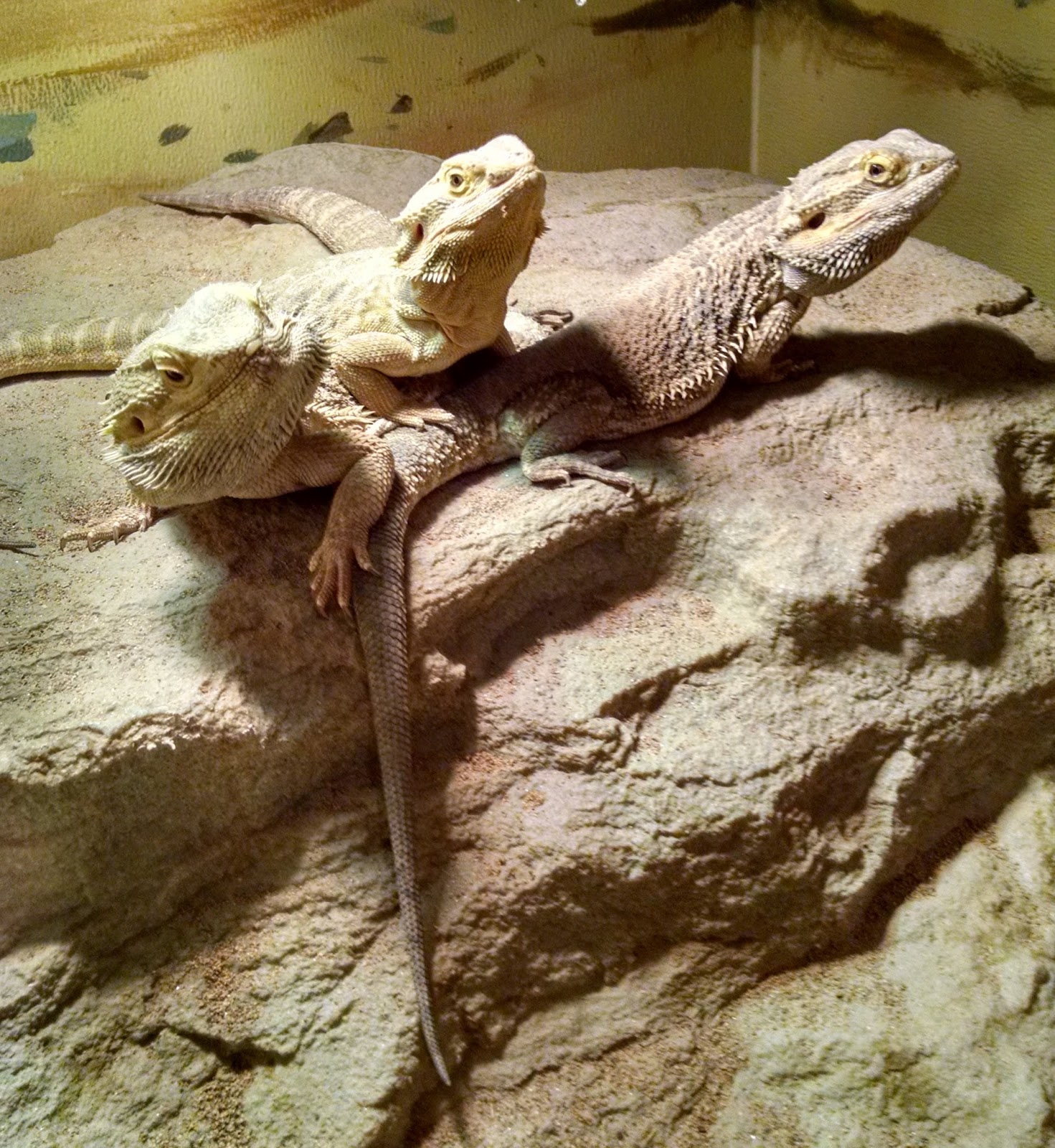10 Things to Know About Your Bearded Dragon Clutch: Beginner's Guide
Introduction
Bearded Dragons are one of the most popular pets among reptile enthusiasts due to their fascinating, docile, and easy-going nature. If you are a beginner, you might have noticed that bearded dragons lay clutches of eggs, which hatch into baby dragons, called hatchlings. If you are planning to breed your bearded dragon or own a bearded dragon that has laid a clutch, this guide will give you everything you need to know about bearded dragon clutch care.
What is a Clutch?
In the reptile world, a clutch refers to a group of eggs laid by the female reptile. Bearded dragons can lay between 10 to 30 eggs in each clutch, depending on the size and age of the female dragon. The time it takes for your female dragon to lay her clutch of eggs can last anywhere from two to six weeks.
Incubation
Once your female dragon has laid her clutch of eggs, you can remove them from the enclosure and carefully transfer them to an incubator. The incubator must be set to a temperature around 84-86 degrees Fahrenheit, with a humidity level of approximately 70%. These conditions help ensure your eggs will hatch successfully.

Gender Determination
After incubating your eggs for approximately two months, your baby dragons will begin to hatch! You can identify the sex of your bearded dragon hatchlings by examining the shape of the underside of the tail. Males will have a v-shaped underbelly, while females will have a straight-line shape.

Feeding Hatchlings
After your hatchlings have hatched, they will not require food immediately. It is because they still have their yolk sac for nourishment. Once the sac has been absorbed, you can feed your hatchlings with crickets, mealworms, or other small insects. Make sure the feeder insects are no larger than the space between the hatchling’s eyes.
Enclosure
Your juvenile hatchlings will require a different enclosure than your adult bearded dragon. Consider using an aquarium or plastic container that can be sanitized quickly, and are easy to keep clean. Enclosures should include a heating pad or lamp, a hide box, a water dish, and areas for basking and shade.

Temperature
The temperature in your hatchling enclosure should be maintained between 85-90 degrees Fahrenheit. Create a temperature gradient in the enclosure by providing a basking area, which is around 95 degrees Fahrenheit, and a cool area with temperatures around 80 degrees Fahrenheit.
Humidity
Humidity levels in your hatchling enclosure should be around 20-30%. Bearded dragons can develop respiratory or skin-related health problems when kept in damp environments, so make sure that the enclosure stays dry.

Lighting
Your hatchlings will require UVB lighting to keep them healthy. UVB lighting must be provided for 10-12 hours per day, and it is essential to change the bulbs frequently to keep the light levels consistent.
Conclusion
In summary, a bearded dragon clutch is an exciting and enjoyable experience for pet owners. When the proper care is provided, hatchlings can develop into healthy adult dragons. As with any pet, always do your research and make sure you know what is expected of you before breeding your bearded dragon. Furthermore, when caring for hatchlings, it is always essential to monitor them regularly to ensure they are thriving in their new environment.
